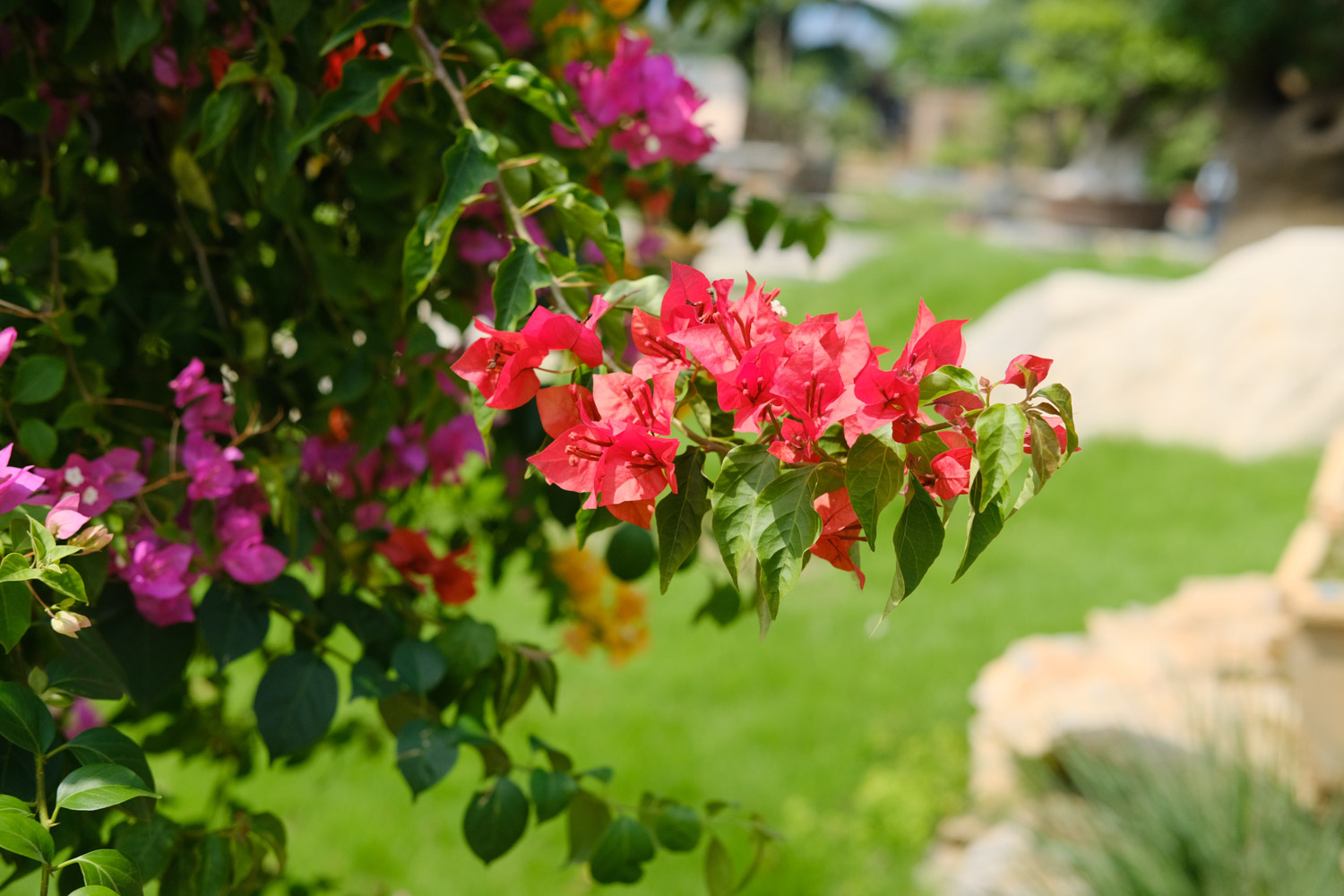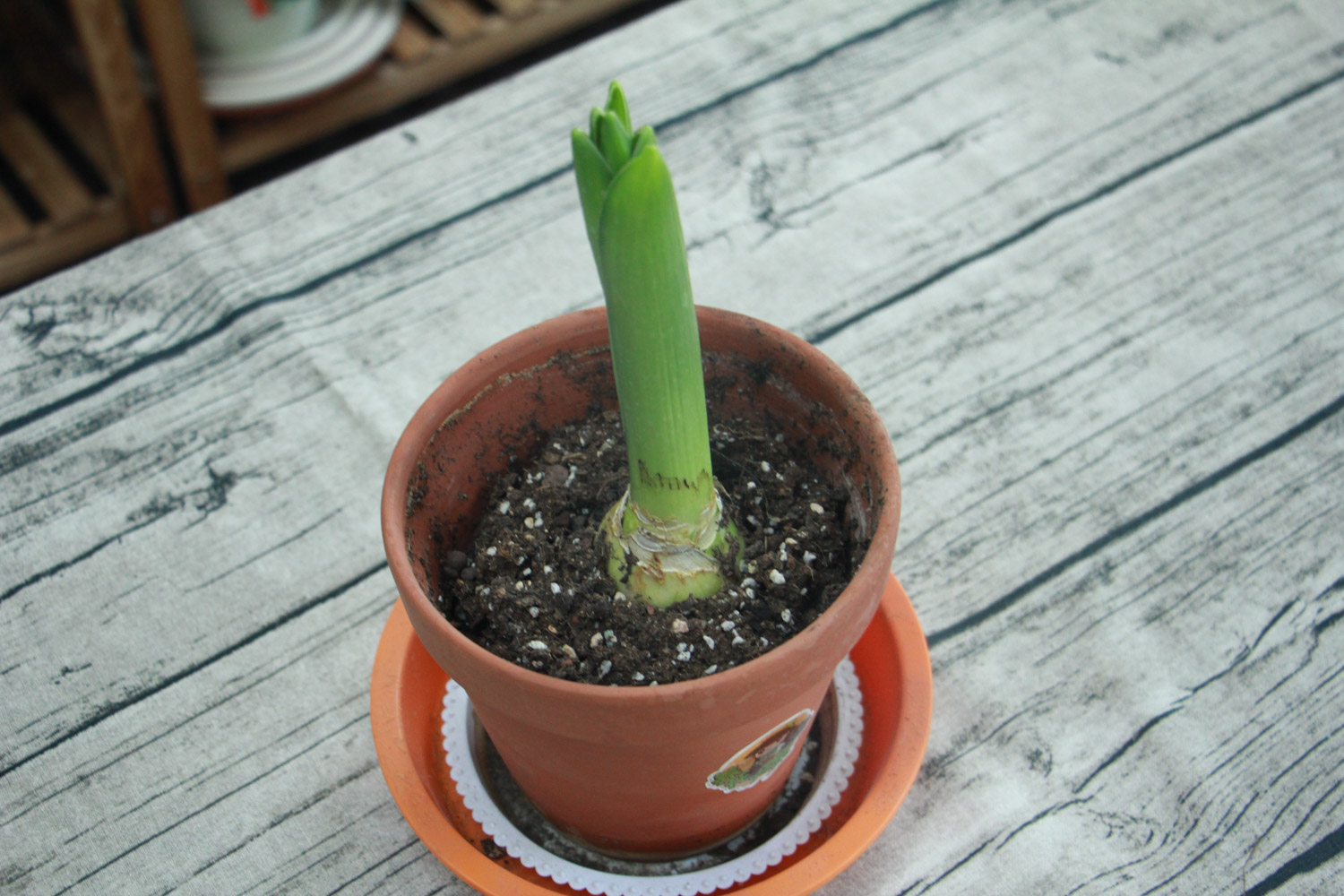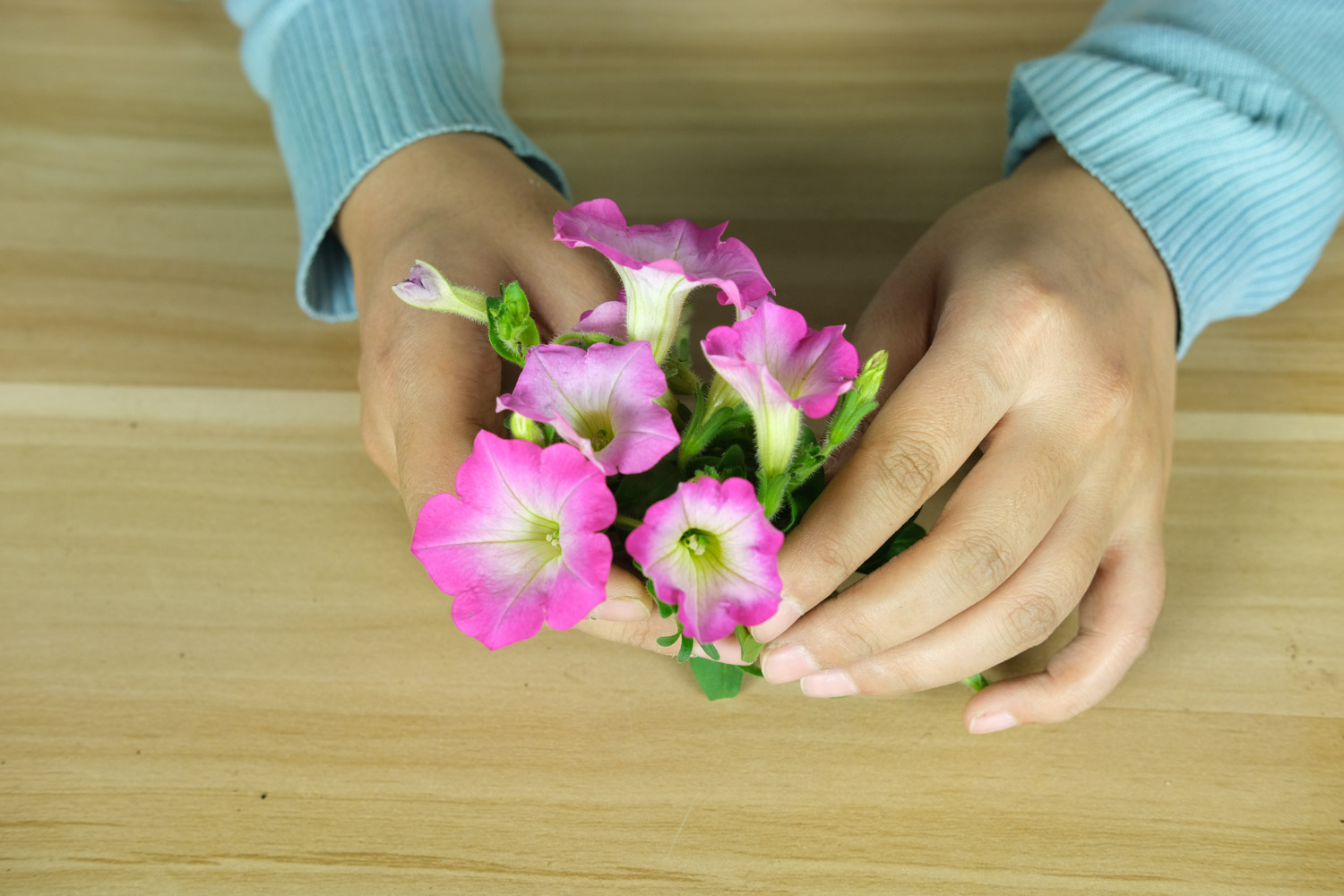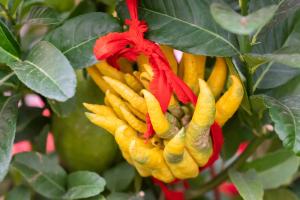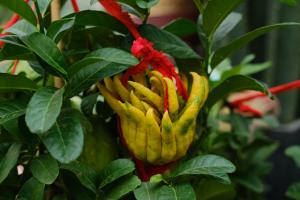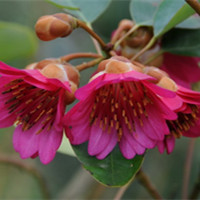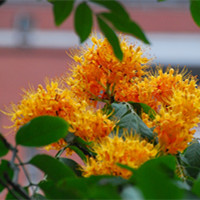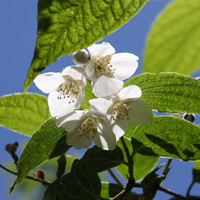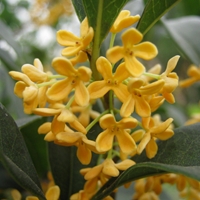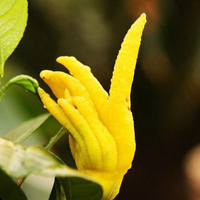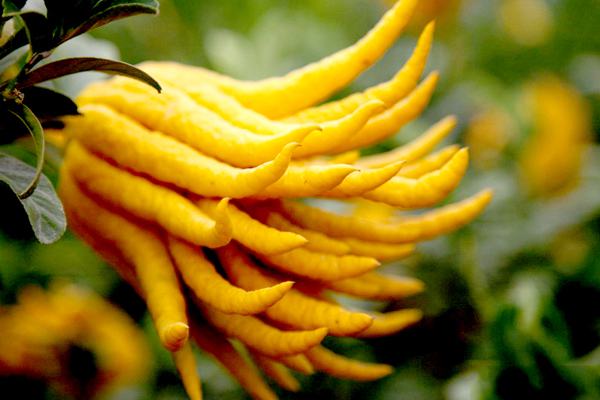
Another name for Bergamot
Bergamot, Wuzhi orange, Feixi, Miluo orange, Wuzhi citron and Wuzhi orange
Living habits of bergamot
Bergamot is a tropical and subtropical plant. It likes a warm, humid and sunny environment. It is not resistant to cold, frost and drought. It is resistant to shade, barren and waterlogging. It is suitable to cultivate in areas with sufficient rainfall and no freezing in winter
The optimum growth temperature is 22 ~ 24 ℃, the overwintering temperature is more than 5 ℃, the annual precipitation is 1000 ~ 1200 mm, and the annual sunshine hours are 1200 ~ 1800 hours. It is suitable for growing in acid loam, sandy loam or clay loam with deep soil layer, loose and fertile, rich in humus and good drainage
Origin and distribution of bergamot
Bergamot is distributed in China's Fujian, Guangdong, Sichuan, Jiangsu and Zhejiang provinces. It is mostly planted in the hilly plain and open area with an altitude of 300 ~ 500m in Guangdong, while it is mostly distributed in the hilly area with an altitude of 400 ~ 700m in Sichuan, especially at the top of the hill
Complete varieties of bergamot
Guangdong big fruit species Bergamot: tall tree with grayish brown trunk. The twigs are green, and the twigs are long with thorns, and the twigs are easy to hang with sharp red tips. The leaves are larger and similar to pomelo leaves. The fruit is large, the yield is high, the fruit size is relatively uniform, light yellow at maturity, and has a special aromatic smell. It is a leader in the cultivated varieties of bergamot
Nanjing species of bergamot: tall tree, light gray green stem, small leaves, about 8 cm long and 5 cm wide, green leaves and green shoots. The flowers are white, with more male flowers from April to may, and more bisexual flowers from late June. The fruit is slightly smaller than that of Guangdong big fruit. When the fruit is young, it will drop seriously. Generally, when the fruit is 2 cm long, it is not easy to drop. When the fruit is ripe, it is light golden yellow. The fruit is of different sizes, including fist fruit and open hand fruit. The yield of this variety is high, the phenomenon of large and small years is not significant, the tree growth is vigorous, and it is easy to produce bare long branches and upright growth branches
Large species of bergamot: the tree is tall and slightly smaller than Nanjing species. The branches are green grayish brown, there are few twigs, and the long branches are easy to sag. It needs to be erected for open planting. The leaves are large, about 11cm long and 6cm wide. The leaves are dark green and the tender shoots are dark purple. The flowers are purplish red, larger and slightly larger than those of Nanjing species. The fruit is also large, the largest single fruit can reach 1kg, and most of them are fist clenched fruits. The phenomenon of large and small years is significant. The cold tolerance is worse than that of Nanjing species, and the yield is not high. They are less planted in production
Small species of bergamot: the stems are mostly light gray, the plants are short, and the flowers are white. The fruit is small, mature earlier, mostly in the shape of fist clenched fruit, with sufficient aroma. Poor cold resistance and low yield. Generally, more potted plants are used (Bergamot potted Technology) and less cultivation
Value application of bergamot
Ornamental value: the ornamental value of bergamot is different from that of ordinary bonsai flowers. Bergamot flowers are white, fragrant and open in clusters, which are very popular. When the fruit is ripe, its shape is like extending fingers, clenching fists, fist fingers, covering hands... It looks like a human hand, lifelike. Bergamot can not only be used to appreciate potted plants, but also be used to cut fruits and decorate flowers. It has a unique beauty
Medicinal value: the whole body of bergamot is treasure. Roots, stems, leaves, flowers and fruits can be used as medicine, pungent, bitter, sweet, warm and non-toxic; Entering the three meridians of liver, spleen and stomach, it has a variety of medicinal functions, such as rational gasification of phlegm, stopping vomiting and swelling, soothing the liver and strengthening the spleen, and harmonizing the stomach
Bergamot essential oil. The peel of bergamot can be squeezed essential oil, fresh and elegant, similar to orange and lemon, with a touch of flowers and a rich smell of fruit and floral fragrance. It is one of the most popular essential oils in perfume. p>
Edible value "the fruit of bergamot is rich in nutrition. It can be used for tea after drying or fresh. It has a good therapeutic effect. The outer surface of the fruit is orange yellow, yellow green or brownish green, with wrinkles and oil spots. The pulp is light yellow and white, and there are vascular bundles in the shape of dots or lines. It is hard and crisp, flexible after moisture. It is fragrant. The outer taste of the peel is pungent and spicy, and the inner taste is sweet and bitter
Flower language of bergamot
The flower language of bergamot is auspicious and lucky
Bergamot is favored by Chinese and foreign people, especially the red pine golden Bergamot in Jinhua, Zhejiang Province. Because the Red Pine Township is the place where Wong Tai Sin became a fairy, the people of red pine call it "fairy fruit" to worship Wong Tai Sin. Nowadays, friends and merchants from Hong Kong, Macao, Taiwan, Singapore and other places come here to make pilgrimage to immortals, which are regarded as treasures. They bring fairy fruits to relatives and friends to show their good luck and luck


